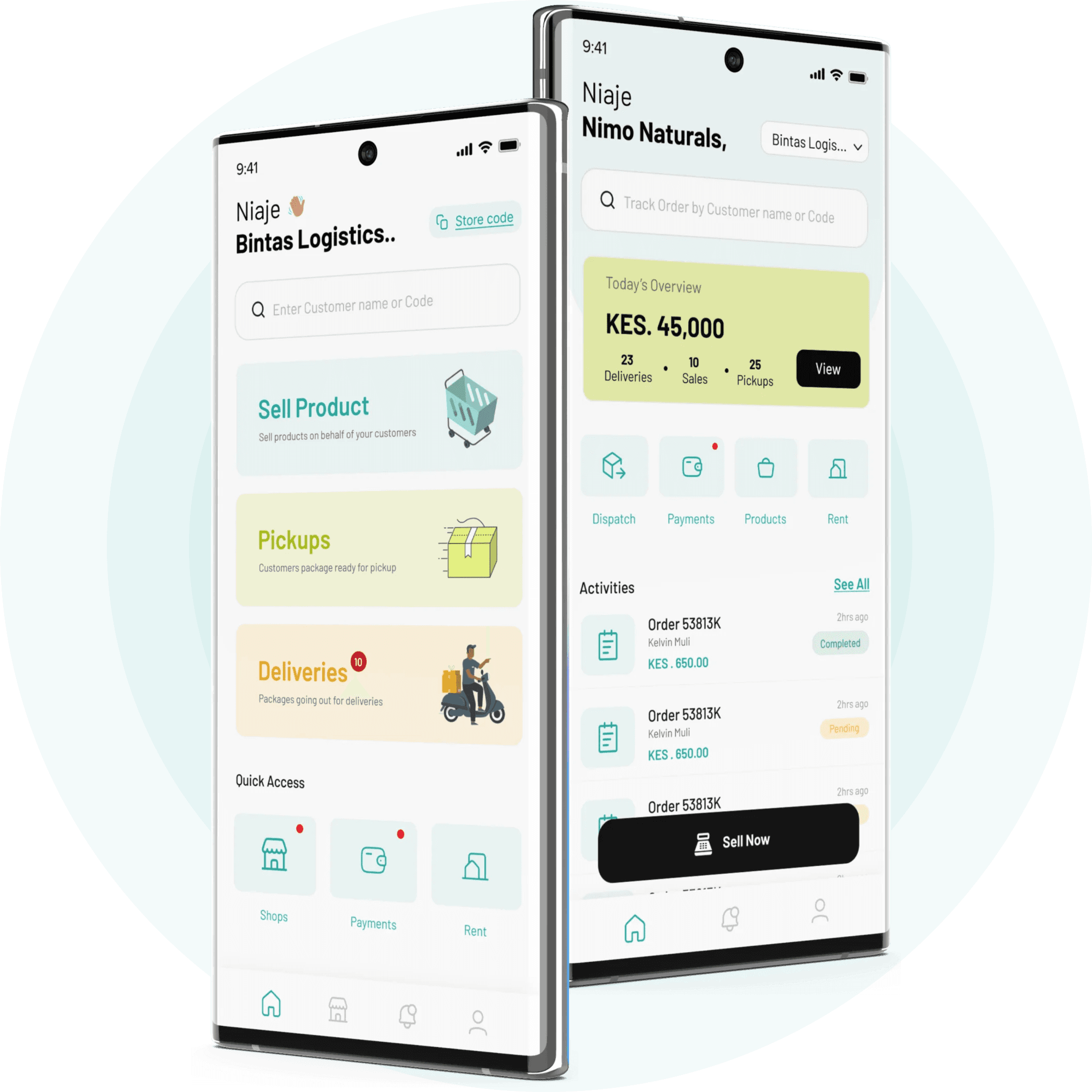Why does product adoption take so long?
Why Aren’t People Using Your Product? You validated your idea, built the product, and launched it. So why is adoption slow? People resist change, prefer familiar routines, and worry about security. Standardized solutions may not fully meet unique business needs, and upfront charges can discourage users before they see the value. Even pricing strategy matters. Charging both service providers and clients can hinder growth. Understanding these barriers is key to driving adoption.
0 mins read
Feb 12, 2025
By Peter Muhia

You began by conducting a market analysis to understand the needs and validate that your idea addressed the problems of your target market. After developing the product, you released it to the market. But now, why aren't people using it? What is causing them to be reluctant to adopt it?
Routine
Human beings are naturally creatures of habit. They have routines, established ways of life, and prefer the path of least resistance. Before you developed your product, the market had its own way of operating, and people became accustomed to it, mastering their processes. So when they encounter a new product, they may feel they have to unlearn their old methods and adapt to the new one. With their busy schedules, they might see learning to use and rely on your newly introduced product as a significant hassle.
Standardized product
When developing your product, you did your best to ensure that the system was standardized and compatible with most business processes. However, was this fully achieved? Not entirely. Despite your efforts, business processes vary, making it challenging to create a system that fits every business perfectly. As a result, you might find businesses requesting customization to better suit their specific needs.
Data Security & Privacy
You've just introduced a new product under a new company, and during customer onboarding, you're collecting sensitive data like National ID, driver's licenses, practice licenses, phone numbers, and other personal information. Why should customers trust you with their data? They don't know your company and can't be certain that their data will be safe in your hands. Do they even know what you intend to do with this data?
Charging customers before they get to experience the product
Imagine you're looking to buy a house. The salesperson shows you the exterior and asks you to make a payment before you've seen the inside. You have no idea if the interior will meet your expectations or if you'll even want to buy it. The same applies to your product. Why should your clients pay for a new product without experiencing it first? That's why you need to offer them a trial period or provide credentials to access a demo.
Charging both the service providers and their clients
In a scenario where both the service provider and the service receiver are on the platform, you might be tempted to charge both parties to increase your profit margin. But is it that simple to start making a profit from both sides right from the beginning? Even companies like Uber don't operate that way. Here's the reasoning: When you have such an application, you need to attract one group first so that the other group will join, knowing that their clients or service providers are already on the platform. To encourage this, avoid charging the initial group you want to onboard. For example, Uber doesn't charge its customers; instead, they take a commission from the drivers for each trip.
Want to discuss products? Reach out to us! Also, feel free to visit our website.

